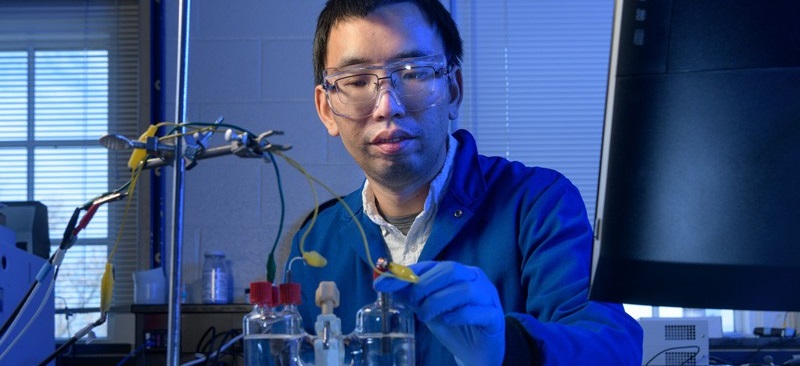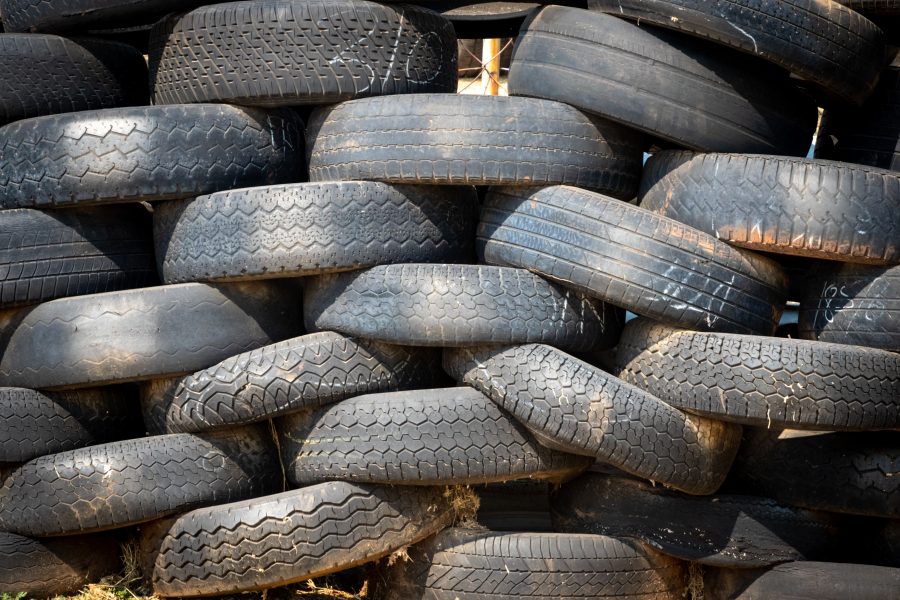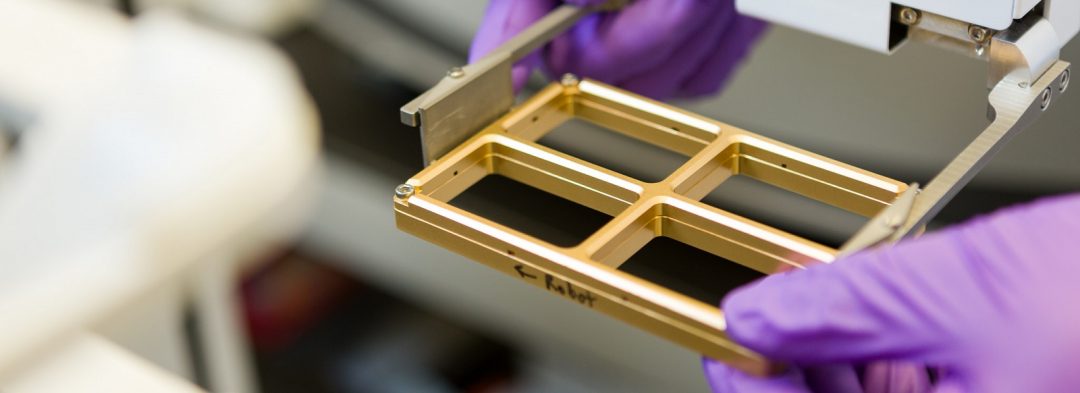Waterproof, wearable fabrics that can harvest energy from wind, rain, and body motion.


Waterproof, wearable fabrics that can harvest energy from wind, rain, and body motion.

US researchers unexpectedly discovered auspicious catalysts to reduce water into hydrogen gas and oxygen molecules.

The Internet of Things is the result of the convergence of sensing, computing, and networking technologies, allowing devices of varying sizes and computational capabilities (things) to intercommunicate.

Sintering metal-organic decomposition inks at low temperatures for printed electronics applications.

Smart materials for the construction of environmentally friendly buildings.

Vehicle tires of course belong on the road, but for the last two decades, they have also increasingly found their way into the road.

BMW Group, BASF SE, Samsung SDI, and Samsung Electronics launch a cross-industry project to enhance sustainable cobalt mining.

Harvard scientists launched Kebotix, an AI and robotics tech company for rapidly developing new materials.

Kilwon Cho is a materials scientist who hopes to see his research on organic electronics applied in everyday life.

Metal-free catalysts and the need for a sustainable present and future: meet Professor Liming Dai.